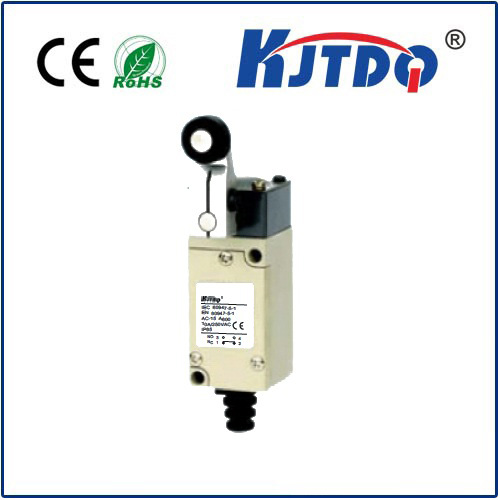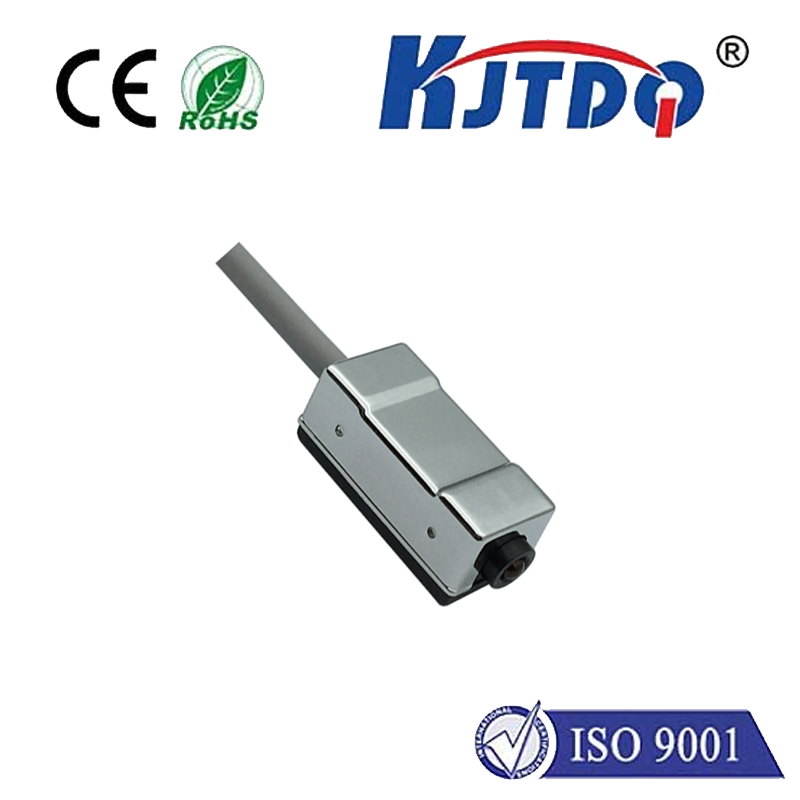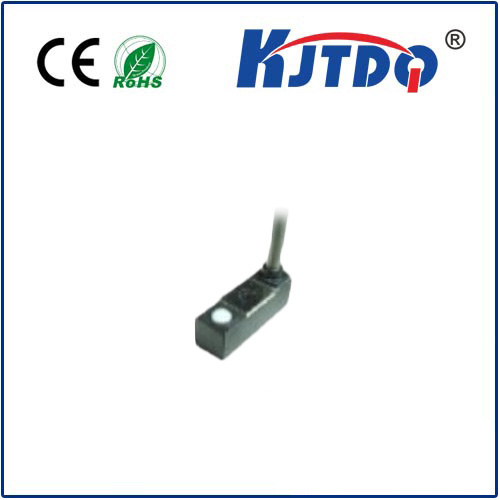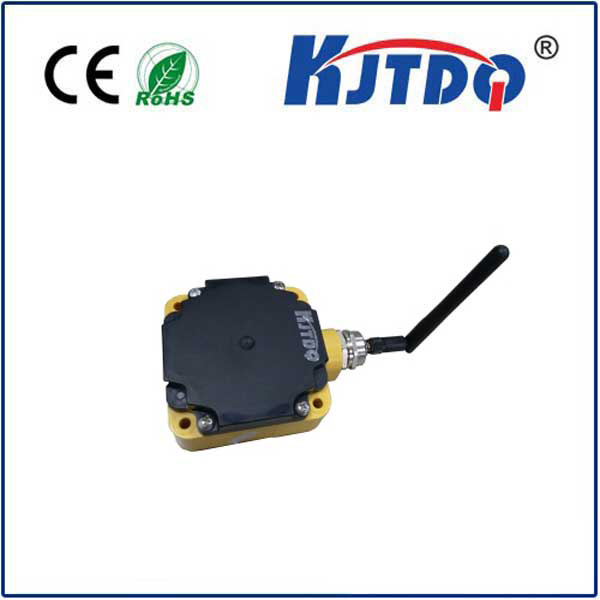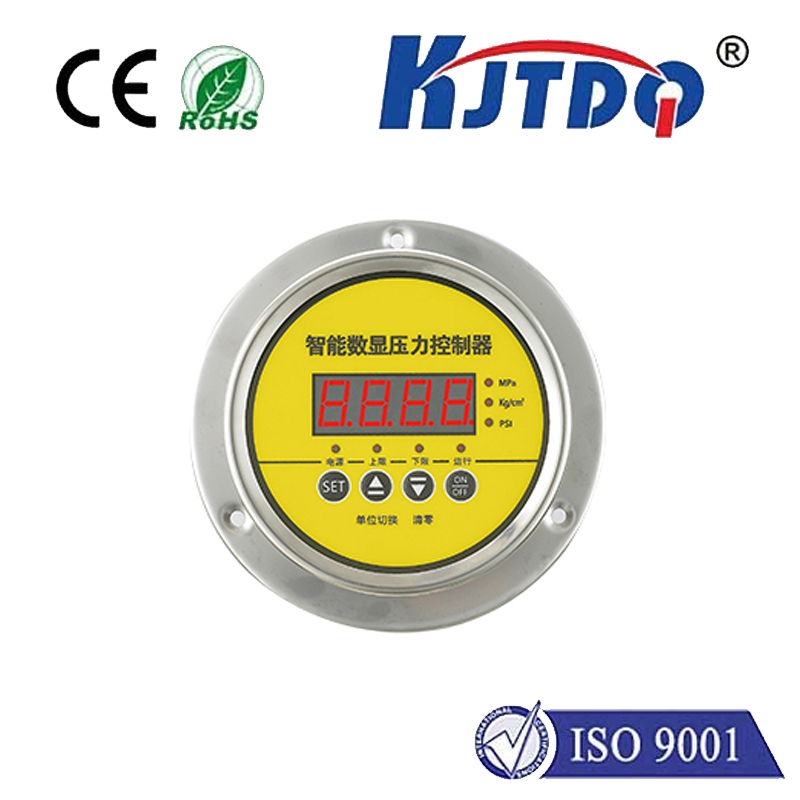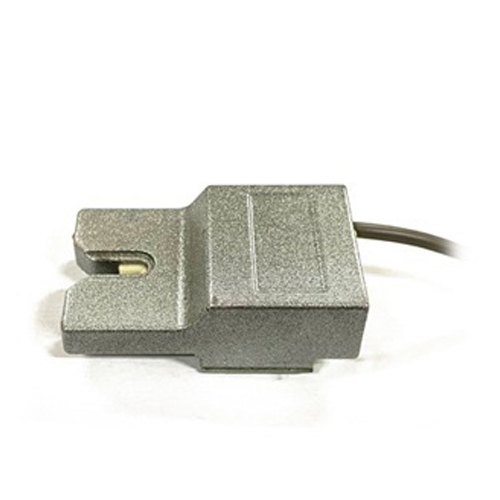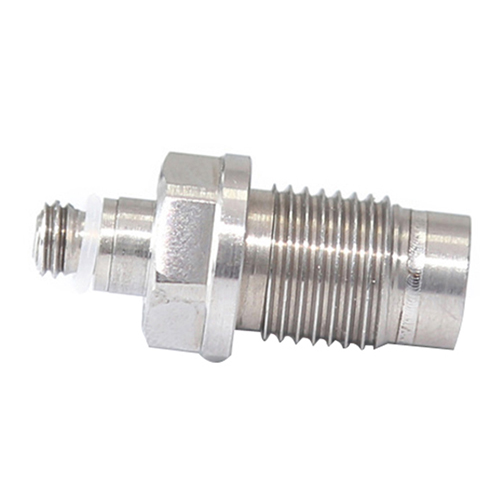optical torque sensor
- time:2025-08-13 17:48:02
- Click:0
Optical Torque Sensors: Precision Measurement Through Light
Accurate torque measurement lies at the heart of countless modern machines. From the precise movements of robotic arms assembling microchips to the demanding forces experienced by aircraft turbines and the dynamic loading of electric vehicle drivetrains, understanding rotational force is critical for performance, safety, and efficiency. Traditional strain gauge-based torque sensors have served this purpose for decades. However, a fundamentally different approach – harnessing the properties of light – is increasingly becoming the preferred choice for demanding applications: the optical torque sensor.
Why Torque Measurement Matters So Deeply
Torque, essentially the rotational equivalent of linear force, governs how effectively rotational power is transmitted and utilized. Precise knowledge of torque enables engineers to:
- Optimize machine performance and energy efficiency.
- Ensure structural integrity and prevent costly failures by monitoring stress levels.
- Enable precise control in robotics, manufacturing automation, and vehicle dynamics.
- Provide critical feedback for testing and validation of powertrains, transmissions, and rotating components.
- Monitor wear and predict maintenance needs.
The Limitations of Traditional Strain Gauge Sensors
While robust and well-understood, conventional sensors relying on bonded strain gauges have inherent drawbacks:

- Sensitivity to Electromagnetic Interference (EMI): Strain gauges function by measuring small changes in electrical resistance. This makes them highly susceptible to noise and interference in electrically noisy environments like factories or near powerful motors and drives (VFDs).
- Electrical Slip Rings: For measuring torque on continuously rotating shafts, electrical signals must be transmitted from the rotating member. Slip rings or rotary transformers are required, introducing friction, wear, potential signal degradation, and maintenance overhead.
- Complexity and Fragility: Integrating strain gauges involves careful bonding, wiring, and often complex signal conditioning circuits on the rotating element, making them potentially fragile and sensitive to installation errors.
- Power Requirements: Strain gauges and their conditioning circuits require electrical power on the rotating shaft, adding complexity.
- Bandwidth Limitations: While capable of high bandwidth, extremely high-frequency torque dynamics can sometimes push the limits of traditional gauge and slip ring designs.
How Optical Torque Sensors Work: Leveraging Light’s Properties
Optical torque sensors overcome these limitations by fundamentally changing the sensing paradigm. Instead of electrical resistance, they measure changes in the properties of light induced by the mechanical deformation of a shaft or a specialized element under torque measurement.
Two primary optical principles dominate this field:
- Fiber Bragg Grating (FBG) Technology:
- Core Concept: Fiber optic sensors inscribed with specific periodic patterns (Bragg gratings) along their core are bonded to the shaft or integrated within a transducer element.
- The Effect: When torque is applied, the shaft twists, creating strain. This strain stretches or compresses the optical fiber, altering the spacing of the Bragg grating.
- The Measurement: This change in grating pitch causes a detectable shift in the wavelength of light reflected back from the grating. An optical interrogator precisely measures this wavelength shift, which is directly proportional to the applied torque.
- Key Advantages: Non-contact signal transmission (light travels through the fiber), exceptional EMI/RF immunity, multiplexing capability (multiple sensors on one fiber), high sensitivity, and suitability for harsh environments.
- Polarimetry / Birefringence:
- Core Concept: Light polarized in a specific plane is sent through a transparent material (like high-quality optical glass or plastic) bonded to or integrated into the shaft.
- The Effect: When torque twists the shaft, the transparent material experiences stress, inducing birefringence – a change in the material’s refractive index based on the polarization direction of the light passing through it. This stress alters the light’s polarization state.
- The Measurement: The transmitted light passes through an analyzer. The change in polarization state caused by the torque-induced birefringence results in a change in light intensity measured by photodetectors. This intensity change correlates to the applied torque.
- Key Advantages: Truly non-contact measurement (light source and detector are fixed off-shaft), no moving parts or electrical connections on the shaft, very high dynamic range, robustness, and often simpler design than FBG systems for continuous rotation.
The Compelling Advantages of Optical Torque Sensing
The shift from electrical to optical transduction offers significant benefits:
- Superior Immunity to EMI/RFI: Light signals are inherently immune to electromagnetic fields and radio frequency interference, making optical torque sensors ideal for electrically noisy industrial settings, power generation facilities, and applications involving high-power motors or VFDs.
- Non-Contact Signal Transmission: Eliminating slip rings, brushes, or wireless telemetry for signal transfer removes sources of friction, wear, signal noise, and maintenance. FBG systems achieve this via the fiber; polarimetric systems achieve it entirely with external optics.
- High Precision and Resolution: Optical techniques can detect minute changes in wavelength or light intensity, enabling extremely precise and high-resolution torque measurement, often surpassing capabilities of traditional sensors.
- Wide Bandwidth: Both FBG and polarimetric sensors offer very high bandwidth, capable of capturing rapid torque transients crucial for analyzing drivetrain oscillations, motor control dynamics, or impact events.
- Inherent Safety: The absence of electrical currents on the rotating shaft (especially in polarimetric designs) enhances safety, particularly in potentially explosive or flammable environments (ATEX/IECEx compliance is often easier to achieve).
- Compact Design Potential: Optical sensing elements, especially FBGs within thin optical fibers, can be very compact, allowing for integration into space-constrained applications or enabling the design of smaller sensor packages.
- Long-Distance Signal Transmission: Optical fibers used in FBG systems allow sensor signals to travel hundreds of meters without significant degradation, offering flexibility in system design.
- Durability in Harsh Environments: Fiber optics and optical components are generally resistant to corrosion and can operate effectively in challenging conditions involving high temperatures, humidity, or vibration.
Key Applications Driving Adoption
The unique advantages of optical torque sensors make them indispensable in sectors demanding the highest levels of precision, control, and reliability:
- Automotive & Aerospace Testing: Measuring powertrain efficiency, transmission performance, engine output, and propeller/rotor loads under rigorous test conditions, free from EMI interference common in dynamometer cells and flight test setups.
- Industrial Automation & Robotics: Providing precise joint torque feedback for collaborative robots (cobots) enabling safe human interaction, and ensuring accurate force control in assembly, machining, and material handling robots. Their immunity to motor EMI is critical here.
- Manufacturing Process Control: Monitoring torque during critical processes like screwdriving, bottle capping, ultrasonic welding, and bearing press-fitting to guarantee quality and consistency.
- Electric Motors & Drives: Testing and validating motor efficiency, performance maps, and control algorithms, especially where high-frequency torque ripple or regenerative braking forces need analysis.
- Wind Turbines: Monitoring drivetrain loads (gearbox input/output torque) for condition monitoring, performance optimization, and preventative maintenance on massive rotating structures.
- Medical Devices: Ensuring precise torque delivery in surgical drilling, robotic surgery tools, and prosthetic limb control systems.
- Research & Development: Capturing high-bandwidth torque data in complex rotating machinery dynamics, material testing, and prototype validation where traditional sensors struggle.
The Future is Bright for Optical Torque Sensing
As industries push for greater efficiency, more sophisticated control, higher reliability, and operation in increasingly demanding environments, the limitations of conventional strain gauge torque sensors become more apparent. Optical torque sensors, leveraging the fundamental properties of light through technologies like Fiber Bragg Gratings and polarimetry, provide a powerful and elegant solution.












